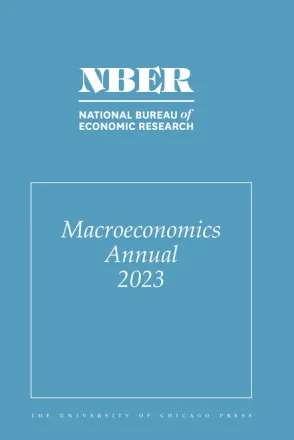Inflation Strikes Back: The Role of Import Competition and the Labor Market

You may be able to download this chapter for free via the Document Object Identifier.
US inflation has recently surged, with inflation reaching its highest readings since the early 1980s. We examine the drivers of the rise in inflation, focusing on supply chain disruptions, labor supply constraints, and the shift of consumption from services to goods in the presence of accommodative monetary policy. Using a calibrated two-sector New Keynesian DSGE model with multiple factors of production, foreign competition, and endogenous markups, we find that the shocks account for all of the 4 percentage points rise in core inflation in 2021. We then show that the interaction of supply chain disruptions and the labor disutility shock increased price inflation in the model by 0.7 percentage point more than it would have risen if the shocks had hit separately. This amplification arises because the joint shock to labor and imported input prices makes substituting between labor and intermediates less effective for domestic firms. Moreover, the simultaneous foreign competition shock allows domestic producers to increase their pass-through into prices without losing market share. The simultaneous shift of demand towards goods further amplified inflation. While by itself the shift from services to goods would have caused a relatively muted inflationary effect of 0.5 percentage point, its inflationary effects were amplified to nearly 1 percentage point because of the simultaneous supply-side shocks. Intuitively, consumption of goods increased precisely when their production costs were already under pressure. We then show in the model that it would have required a very aggressive monetary policy to contain the inflation surge in 2021 since inflation was largely driven by supply-side factors and such a policy would have had a large negative effect on the labor market. We use aggregate and industry-level data on producer prices, wages, and input prices to provide corroborating evidence for the key amplification channels in the model.


